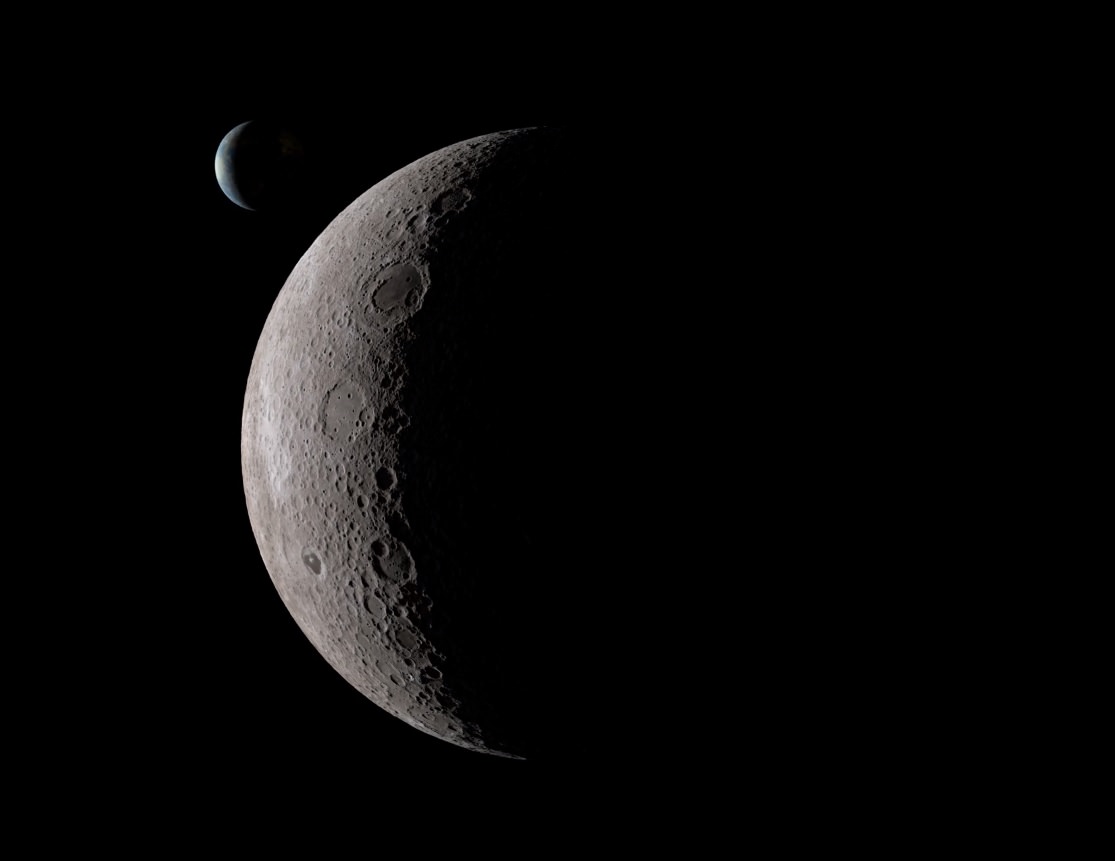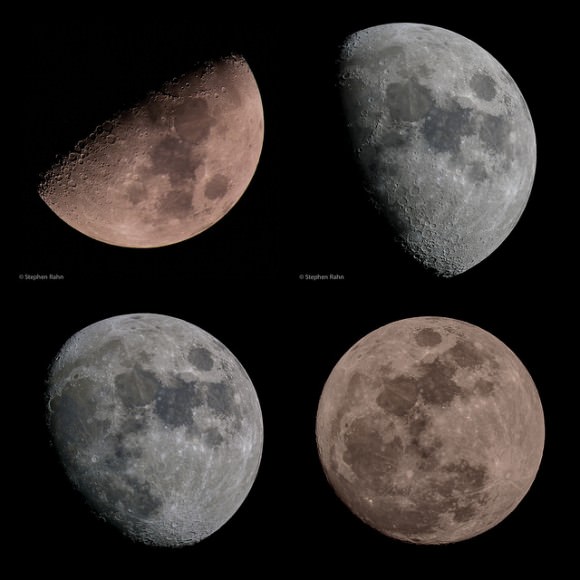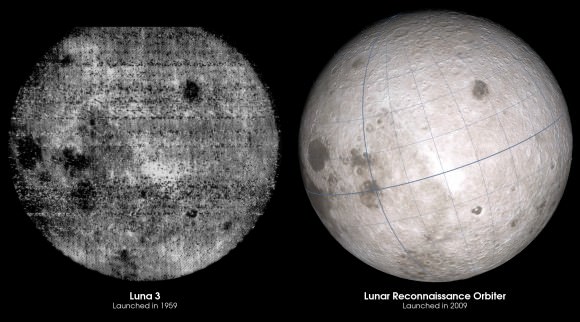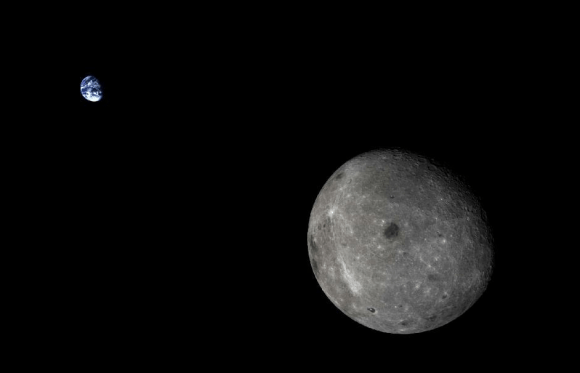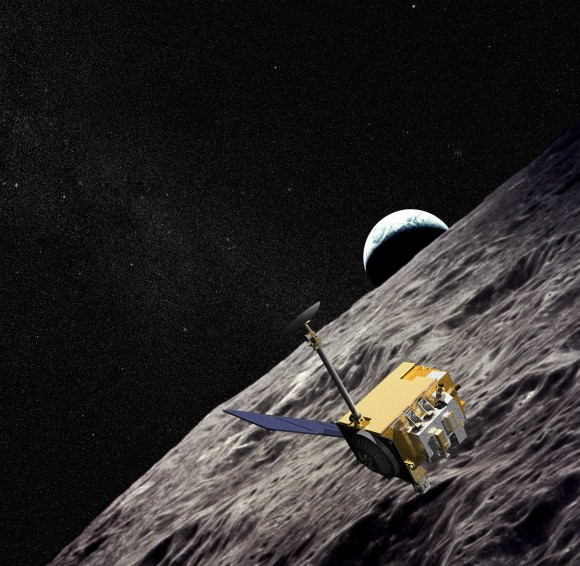The Moon is tidally locked to the Earth, which means that it always shows one face to our planet. In fact, this is the case for most the large moons in the Solar System. What’s the process going on to make this happen?
Just look at the Moon, isn’t it beautiful? Take out a nice pair of binoculars, or a small telescope tonight and you’ll be able to see huge craters and ancient lava plains. Look again tomorrow, and you’ll be able to see… the exact same things. As you know, our modest Moon only shows us one face. Ever.
If you could look at the Moon orbiting the Earth from above, you’d see that it orbits once on its axis exactly as long as it takes to orbit once around our planet. It’s always turning, showing us exactly the same face. What’s it hiding?
The Moon isn’t the only place in the Solar System where this happens. All major moons of Jupiter and Saturn show the same face to their parent. Pluto and Charon are even stranger, the two worlds are locked, facing one another for all eternity. Astronomers call this tidal locking, and happens because of the gravitational interaction between worlds.
As you’re aware, the Moon is pulling at the Earth, causing the tides. In fact, the pull of the Moon is so strong that the ground itself rises up 30 cm, about a foot, as it passes by.
It’s even more powerful on the Moon. The gravity from the Earth distorts the Moon into an oblong shape. The sides pointed towards and away from the Earth bulge outward, while the others are pulled inward to compensate. It makes the Moon football shaped.
It’s no big deal now, but in the ancient past, shortly after its formation, the Moon was spinning rapidly. This meant that the part of the Moon bulged towards us was changing constantly, like water tides on Earth.
Vast amounts of rock need to shift and change shape to bulge towards the Earth and then settle down again, and this takes time. The position of the bulges on the Moon were always a little out of alignment with the pull of gravity of the Earth.
These bulges acted like handles that the Earth’s gravity could grab onto, and torque it back into place. Over time, the Earth’s gravity slowed down the rotation speed of the Moon until it stopped, forever.
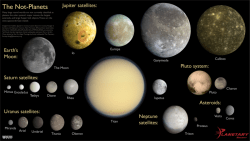
This same process happened on all the large moons in the Solar System.
Because of its smaller mass, our Moon became tidally locked to the Earth billions of years ago. Now the process is continuing to make the Earth tidally locked to the Moon as well.
In the distant distant future, the Moon will stop moving in the sky, and hang motionless, visible from only half the Earth.
How distant? In about 50 billion years, long after the Sun has died, the Earth and the Moon will finally be tidally locked to each other, just like Romeo and Juliet, Fry and Leela, Pluto and Charon. The force of gravity is a powerful thing. Powerful enough to stop a moon in its tracks.
Did you have any other questions about the Moon? Post your suggestions in the comments and we’d be glad to make more videos and dig deeper!


